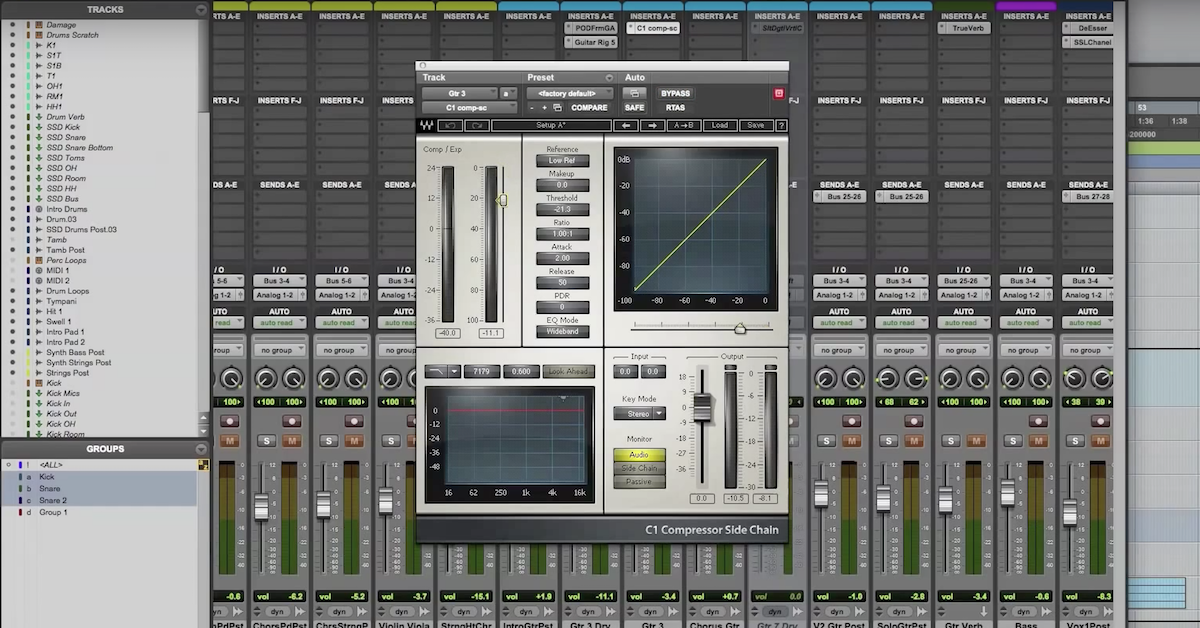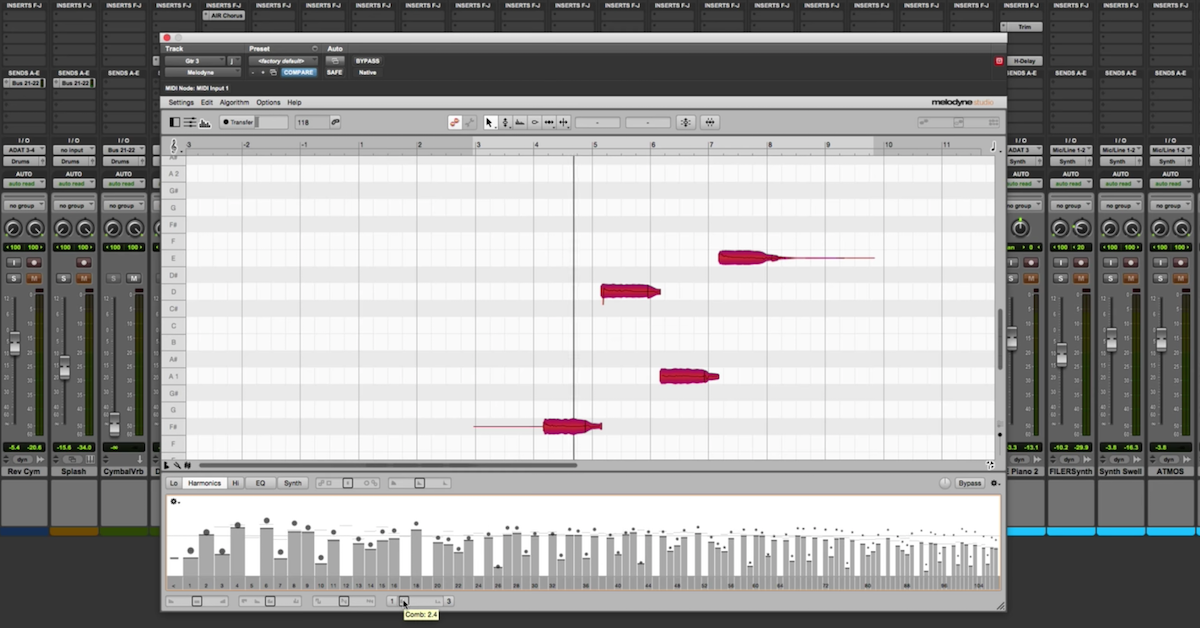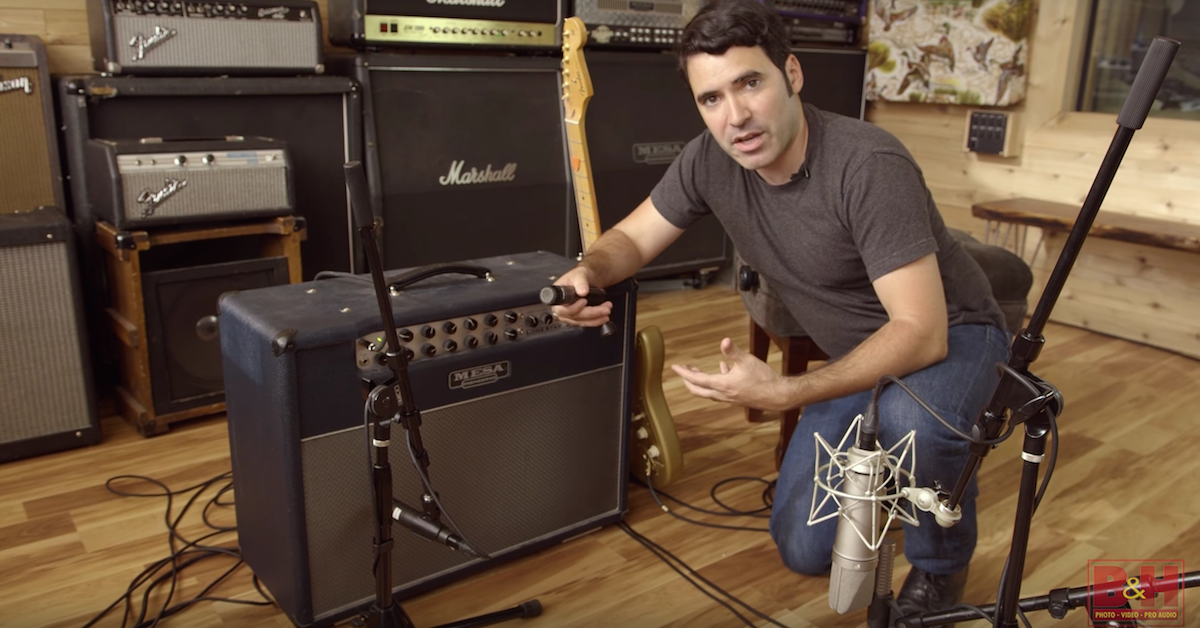How to Tame a Harsh Distorted Electric Guitar
Article Content
One of the challenges when mixing a heavily distorted guitar is that sometimes it can sound a little bit harsh or brittle. This might be when the player slides his fingers across the strings, or maybe some fret noise comes into the performance — or even just certain notes/harmonics that are a bit unpleasant or too resonant.
You can try to notch out these frequencies with a conventional EQ by finding the parts of the performance that sound bad, finding the specific frequencies that sound bad, and reducing them by 3 or 6 dB. However, a conventional equalizer is going to pull out those frequencies across the entire performance. So if there are parts that sound great, you’re still pulling out that harmonic content across the entire performance when you really just want to pull it out during parts that sound harsh. This is where a de-esser comes into play.
Conventionally a de-esser is used for vocals. When the singer makes “sss” sounds, the idea is that the compressor is going to reduce the amplitude of those “Sss” sounds at the frequency you set, while letting the rest of the performance come through unprocessed. It’s a perfect application in this situation with a harsh distorted guitar, because it basically acts as an adaptive equalizer. So if the performance gets a little too harsh, the compressor is going to turn those harsh parts down. However, when it’s not too harsh, it maintains the tone that you want to keep.
Check out the video tutorial below, where I use a Waves C-1 compressor with frequency-specific sidechain settings to tame a harsh distorted electric guitar.




